What's The Difference Between Vegan And Cruelty-Free Beauty?
DISCLAIMER:This blog does not intend to provide diagnosis...
- In this article:
- Vegan Beauty Products
- 12 Non-Vegan Ingredients to Be Aware of
- Cruelty-Free Beauty Products
- 3 Reasons to Consider Buying Cruelty-Free Products
- Criticisms of Cruelty-Free and Vegan
- The Best of Both Worlds: Cruelty-Free and Vegan Beauty Products
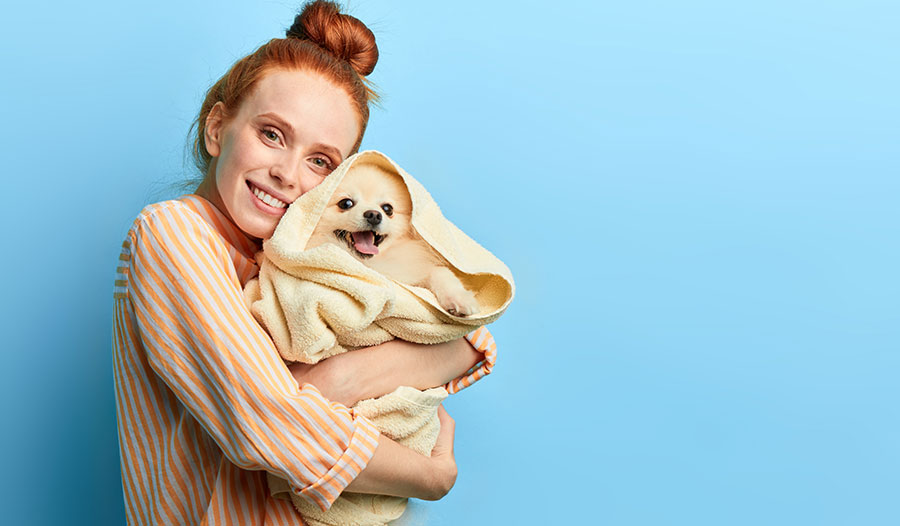
Did you know that products labeled cruelty-free aren’t necessarily vegan? And just because a product doesn’t contain animal ingredients, it may still have been tested on animals?
With limited regulations and sometimes deceiving labels, it can be confusing to navigate all the options when you’re becoming a conscious consumer. Let’s dive into everything you need to know about what makes a product vegan or cruelty-free!
Vegan Beauty Products
As the Vegan movement grows, so does the demand for vegan beauty products. While you may typically associate veganism with food, veganism refers to a lifestyle that does not include any animal products. Vegans take an ethical stance against animal oppression in support of animal liberation, and align their lifestyle habits with this value.
Our use of animals for ingredients reaches into industries far beyond what’s on our plate. So someone that’s chosen a vegan lifestyle is mindful of all areas of consumption, consciously divesting from animal oppression. This includes clothing (avoiding leather, silk, and fur), food (no meat, poultry, fish, eggs, or dairy), beauty products (more on this below), and more.
Many products are accidentally vegan (aren’t advertised with a vegan label) and do not contain animal ingredients. The best way to ensure a product is truly vegan is to read the ingredient label carefully. And let me tell you, we vegans have gotten really good at inspecting the ingredients on everything we buy, every time.
Kind of like how milk powder likes to sneak its way into way too many food products unnecessarily (Why do barbeque chips need milk powder?! Make it make sense!)–some of these ingredients slip right into your favorite conditioners, lipsticks, body washes, and more under tricky names. If you’re interested in making the switch to vegan beauty, watch out for these common animal ingredients used in cosmetics.
12 Non-Vegan Ingredients to Be Aware of
Lanolin
This ingredient is found in many lip products and is made from sheep’s wool. To obtain the same moisturizing effect, vegan products use plant oils such as coconut oil and shea butter.
Beeswax
Bees make beeswax by consuming honey. When bees consume honey it’s converted into wax which secretes from the bee’s abdomen and is used to construct the comb where bees raise their young and store honey. Beeswax is commonly found in lip balms and can act as an emulsifier. Replacements include soy and candelilla wax. Keep your lips soft and smooth with vegan lip balms.
Honey
To produce one pound of honey, bees must visit two million flowers—and bees produce honey to feed themselves, not humans. This is why vegans avoid products derived from bees like honey and beeswax. Honey is often used in cosmetics for its softening and antibacterial properties. Shea butter has a similar moisture-boosting and skin-softening effect to honey, and the antibacterial properties of honey can be replaced with tea tree oil.
Hydrolyzed silk protein
Silk comes from silkworm cocoons and roughly 3,000 silkworms die to make one pound of silk. You may find hydrolyzed silk protein in hair products for a conditioning and sleek effect. One promising alternative in vegan hair products includes hydrolyzed oat protein.
Collagen
Collagen is often made from a combination of animal skin, bone, and tissues to create a plumping or anti-aging effect in beauty products. Technically, vegan collagen doesn’t exist and you’d be better off consuming collagen-boosting vitamins and minerals such as vitamin C and zinc.
Keratin
This hair and nail strengthening ingredient comes from the hair and horns of animals. Vegetable proteins can be used for a similar purpose.
Shellac
Shellac is made from the secretions of lac bugs, many of which are killed in the process. It takes an estimated 100,000 lac bugs to make one pound of shellac. You may find shellac in your nail polish, mascara, eyeliner, and hairspray, as it’s often used as an emulsifier. Vegan cosmetics may use a corn-based alternative, which is also more cost-effective than its animal-based counterpart. You can keep your lashes luscious and lac bug-free with vegan mascara.
Glycerine
The glycerine found in your cosmetic products often comes from animal fat and acts as a softener and smoother. Vegetable glycerine alternatives use a base such as coconut oil, soya, or palm oil (which some vegans also choose not to use due to the deforestation driven by the palm oil industry that impacts orangutans, pygmy elephants, and Sumatran rhinos).
Casein
Casein comes from cow’s milk and is used to condition. It’s important to remember that cows don’t make milk because they are cows—they make milk because they are mothers. In order to obtain milk, whether for food or beauty products, a female cow spends her entire life being forcibly impregnated and milked repeatedly until she is “spent” at which point she is slaughtered for beef. Thankfully we now have access to an abundance of plant-based milk alternatives that produce the same quality beauty products, without harm to cows.
Squalene
Squalene is derived from shark liver oil and used as a moisturizer and anti-aging ingredient in skincare products, foundation, lip balm, makeup, and more. Vegan squalene is made from wheat germ and olives.
Tallow
Tallow is derived from the fatty tissue of cows or sheep and is commonly found in eyeshadows, foundations, and lipstick. The skin conditioning and stabilizing effects of tallow can be swapped out for paraffin or vegetable tallow.
Guanine
Guanine comes from the shimmer of fish scales and is used in sparkly cosmetics such as bronzers and highlighters. Mica or rayon are great alternatives to guanine and you can get a guanine-free glow with vegan highlighters.
Cruelty-Free Beauty Products
Cruelty-free means that the product and the ingredients in them have not been tested on animals. Thankfully, over 1,000 companies and growing are certified cruelty-free. Let’s dive into some of the benefits of buying cruelty-free beauty products.
3 Reasons to Consider Buying Cruelty-Free Products
Support Animal Rights
An estimated 500,000 animals suffer and die every year as a result of animal testing in the cosmetic industry. If you’re an animal lover, choosing to buy a “cruelty-free” product is an opportunity to align with your values.
Cosmetic animal testing began in 1920 with “lethal dose” testing on rodents and products continue to be tested on rabbits, guinea pigs, mice, and rats. When a beauty product is tested on an animal, that product or ingredient being approved is a result of hundreds of animals that spend their entire lives in cages being subjected to tests that can be painful, cause injury, and result in death.
More Effective and Harm-Free Options Exist
The reality is that testing cosmetic products on non-animals not only avoids animal cruelty, but is actually cheaper, produces faster results, and is more effective at predicting how humans will react in the real world to the product.
One example of non-animal cosmetic testing includes skin irritation testing on human skin cultures. With the help of human skin cells, animals and humans can be avoided being tested on.
Because there is a long history of animal testing, we have ample research on which ingredients are safe for use in products. Cruelty-free products can rely on ingredients that have already been deemed safe for cosmetics.
Cruelty-Free is Generally Healthier
When a company chooses not to use ingredients tested on animals, that often results in using more natural and plant-based ingredients that are gentler and healthier for your skin, rather than chemicals like parabens, sulfates, synthetic dyes, and fragrances.
Criticisms of Cruelty-Free and Vegan
You might be wondering if there’s any downside to shopping for cruelty-free and vegan products. One potential pitfall is that these products can be more expensive than their non-vegan counterparts that have been tested on animals. That’s beginning to change, though, and you can find cruelty-free and vegan products at a variety of price points, especially when shopping online.
Another common criticism of the term “cruelty-free” is that it simply refers to not being tested on animals. Truthfully, animal testing is just one example of the harm that can transpire in the creation of a product. It may completely dismiss the human conditions (unfair labor practices) and environmental impacts of that product. If you are interested in being a more mindful consumer, researching the products and companies you choose to support can go far beyond the ingredient label to determine if you’re ethically aligned.
Purchasing cruelty-free products is a great way to align with your love for animals, but don’t let the cute bunny stamp that says “cruelty-free” deceive you. Remember, cruelty-free products aren't necessarily vegan. That means your milk and honey conditioner could be labeled cruelty-free despite the harm to female cows and bees to obtain their ingredients.
The Best of Both Worlds: Cruelty-Free and Vegan Beauty Products
If you buy products that are both cruelty-free and vegan, you can have the best of both worlds. You can still have fabulous facials, radiant skin, glowing highlights, rosy cheeks, and popping lip gloss–all without harm to animals. Look for this certified Cruelty-Free and Vegan stamp of approval when shopping for beauty products to support animal rights.







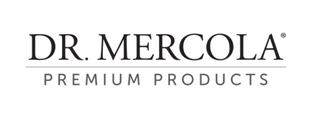
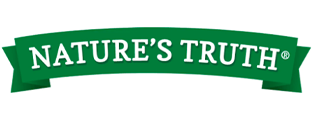
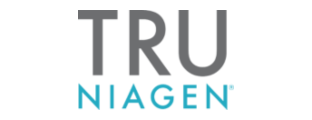

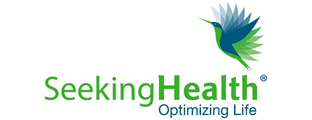
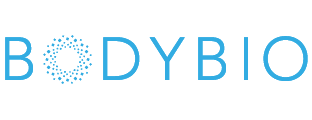
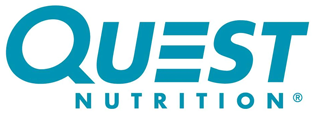
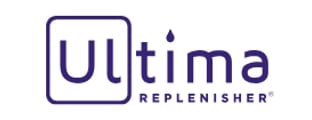
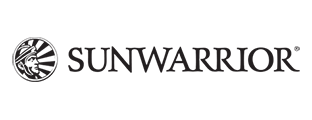
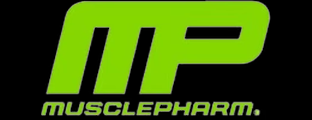
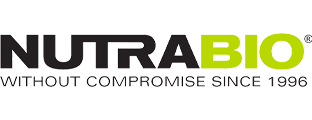
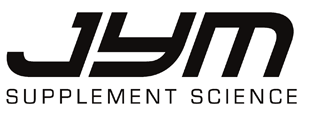
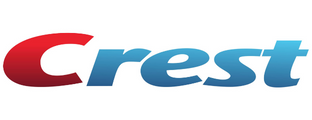
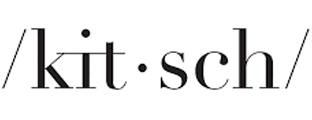
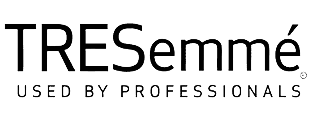
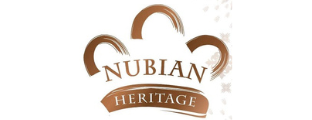
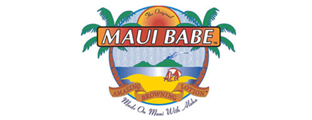
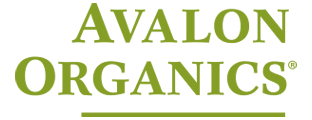
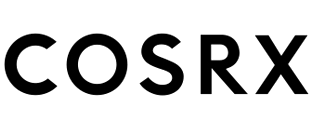
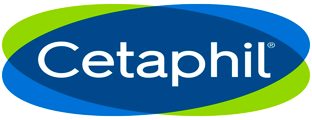
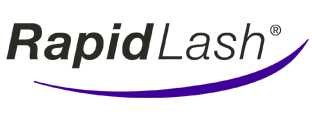
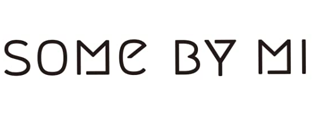
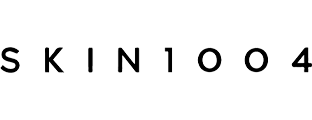

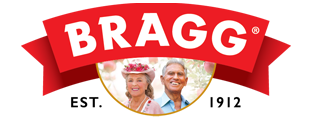
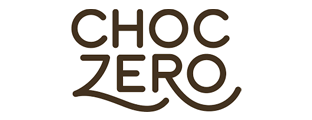
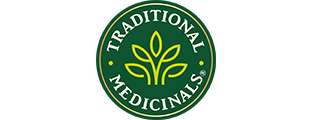
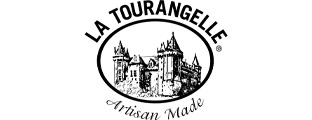
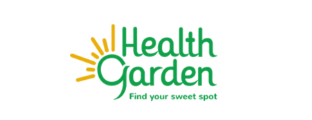
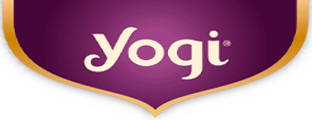

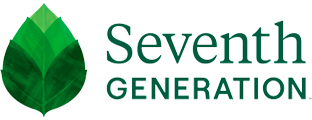
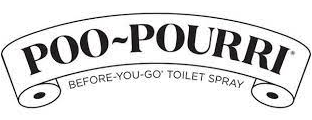
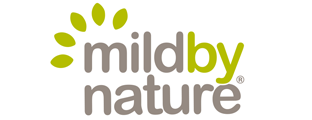
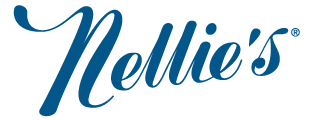
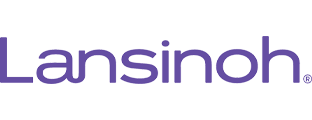
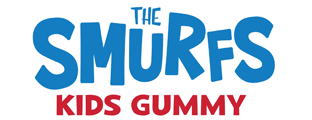
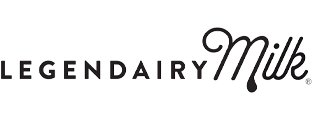
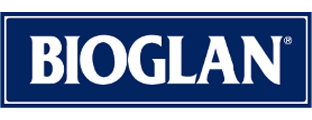
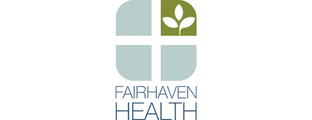

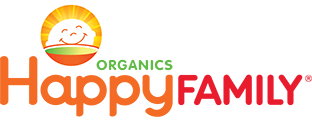
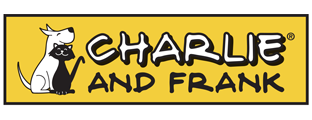

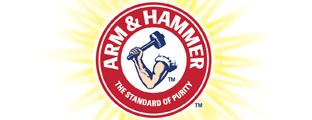
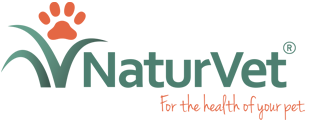
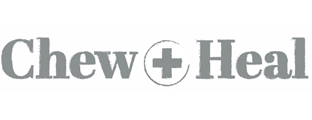
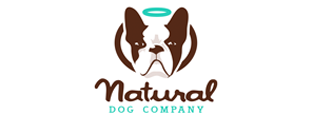










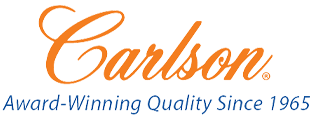
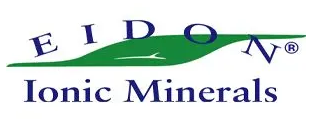

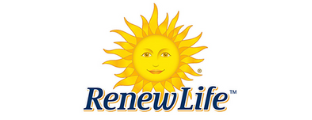
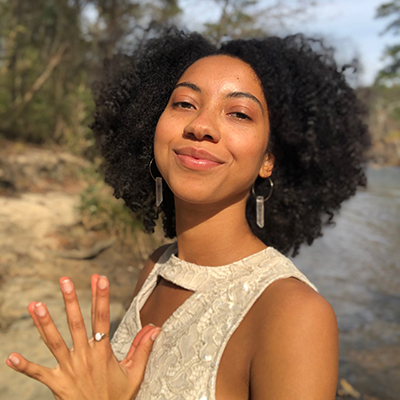 By Brialle Ringer
By Brialle Ringer